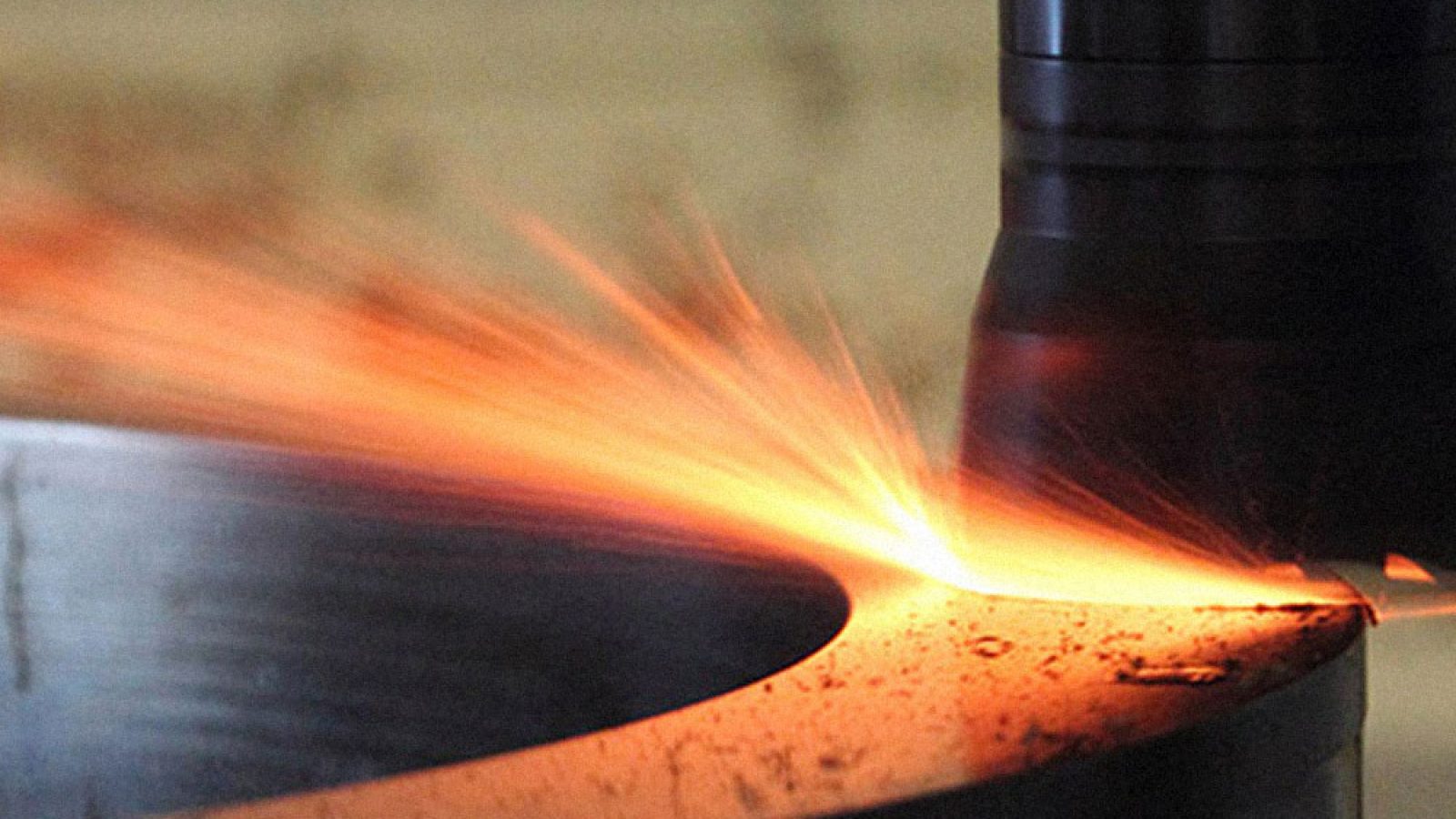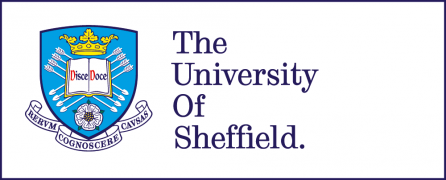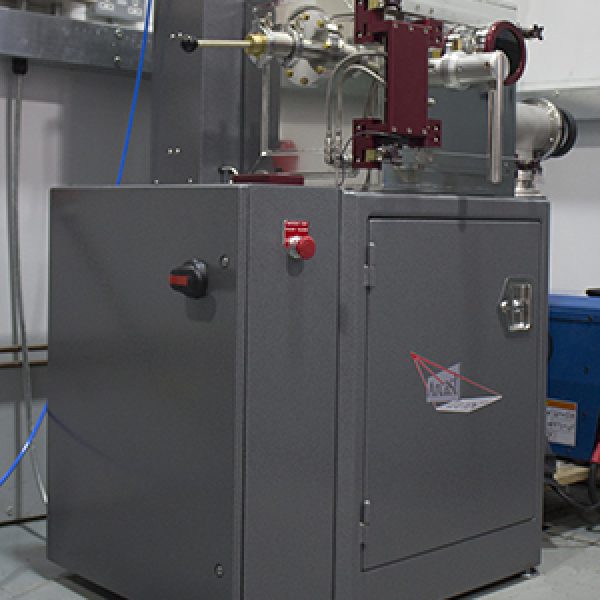This website uses cookies so that we can provide you with the best user experience possible. Cookie information is stored in your browser and performs functions such as recognising you when you return to our website and helping our team to understand which sections of the website you find most interesting and useful.

making better brazing alloys for use in thermoelectric materials
University of Sheffield Industry collaboration
Using brazing alloys to harvest energy from waste heat in transport
Researchers at the University of Sheffield have worked with an industry partner to develop a new range of alloys to help harvest waste energy from car exhausts. Thermoelectric materials are ceramic-based functional materials and by creating a temperature difference across them they can create electric currents harvesting energy. When considering using these materials in a car exhaust a number of factors need to be considered including conductivity and method for joining with a metal. Brazing is the ideal technique to fulfill the necessary criteria. By using a computational approach to set the necessary parameters, we can predict which alloys will be successful in the car exhaust.
The next stage is to select the best options and create the alloys themselves using the Royce Cold Crucible Arc Melting Furnace and Casting Module. We physically form between five and ten alloys and characterise them using microscopes and x-ray diffraction.
RESULTS
Using this method, we have tested new formulations with some low melting point elements with positive results. We have managed to fulfill the list of requirements in terms of the operating temperature and the different materials that need to be joined. Our industry partner is currently considering IP protection for this range of alloys.
For a brazing metal producer, a successful outcome for this research is a new product line, potentially in a new business area. For the thermoelectric users and suppliers, the ability
to join their products to other materials in a way that is simple and robust, and doesn’t need exceptionally tight process control to make sure they don’t damage the thermoelectric is extremely beneficial.
‘The unique benefit of the Royce equipment is the ability to make up a vast range of different alloys rapidly with direct access to the equipment, without the need to have a contract with an external supplier. The ability to do the modeling and the predictions, and then next door being able to see that it works, that’s a very powerful coupling’.
Lead academic: Dr Russell Goodall
Royce Partner: The University of Sheffield
Collaboration Model: Industrially sponsored PhD
Enquiries
E: info@royce.ac.uk
T: 0161 306 7585



